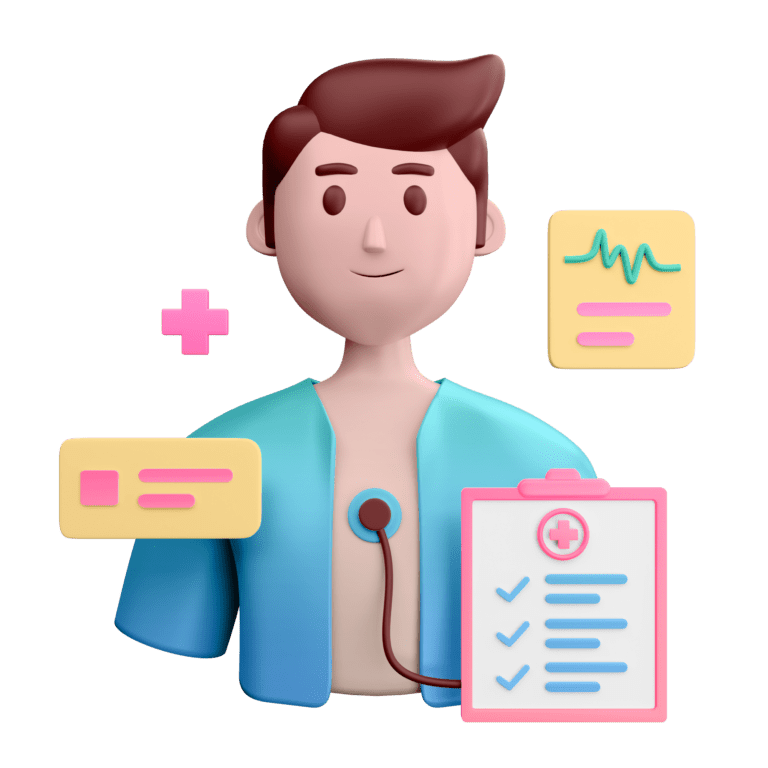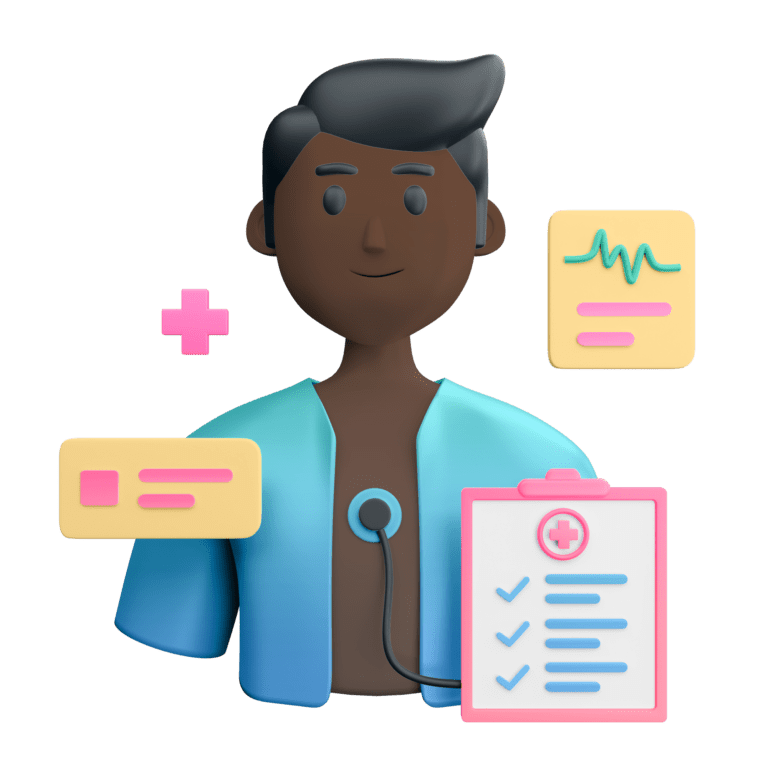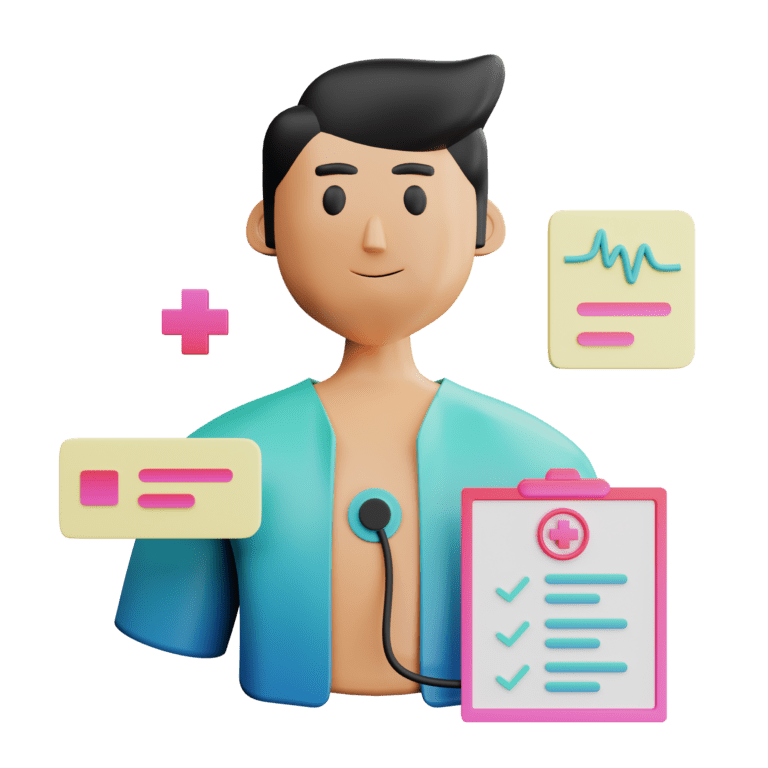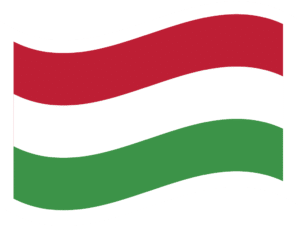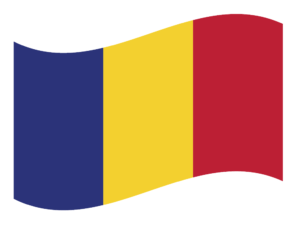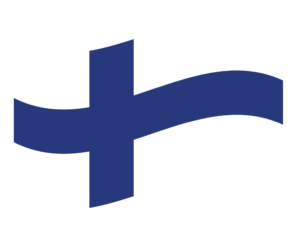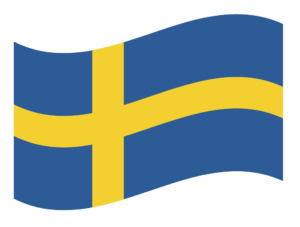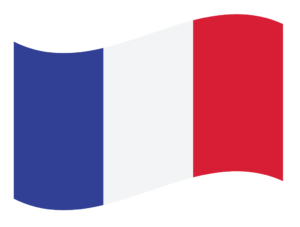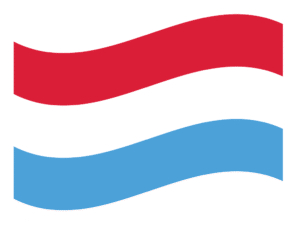HOLIOSYS is an analysis and diagnostic tool dedicated to the prevention of musculoskeletal disorders and osteoarticular pathologies, taking posture parameters into account.
The advantages of the HOLIOSYS solution are, on the one hand, to democratize the use of tools reserved for laboratories and extend them to clinical applications, and on the other, to ease the burden on patients, which is often costly, complex, long and incomplete. At present, there is no equivalent tool on the market.
Holiosys
- Open to discuss
Description of the structure
Targeted Challenge(s)
- Health and ageing, Healthy Lifestyle, Rehabilitation
Expertise(s) of my company
Our solution is a combination of hardware (sensors, camera, computer interface) and software (algorithm).
It enables the simultaneous assessment of posture and dynamic balance, for better early detection of osteoarticular dysfunctions, to ensure appropriate management and limit the development of MSDs. Our solution is the ideal complement to imaging as part of treatment follow-up.
Our aim is to design a medical device to help analyze and diagnose dysfunctions linked to posture, balance and movement. It can also be used to monitor treatment as part of a patient’s orientation or rehabilitation, or in the face of aging.
The system is made up of sensors called spinometers, positioned on the person at several points depending on needs and the disorder being studied (head, vertebral hinges, lower and upper limbs). The Spinometer is an on-board device for visualizing posture. Its purpose is to measure and quantify dynamic and static spinal deformation (Appendix 1- figure1- spinometer). Insoles and pressure pads can also be connected. Each of these sensors provides information that can be used to supply holistic data on the movement of bone and joint components.
The data is then fed into an algorithmic chain for processing and modeling in 2D (in the 3 anatomical planes) and 3D. The results are obtained from the data transmitted by the sensors, combined with a geometric model that can be customized from the imagery. A video capture can be combined to monitor the patient’s movements a posteriori, enabling a better understanding of the data and the 2D and 3D models of the patient’s skeleton, in order to define and understand the traumatic or deleterious gestures explaining the pain. All this is represented in a single interface.
Our solution takes into account all the joints in the human body, and their interactions. By analyzing posture, balance and joint movement, the aim is to detect joint dysfunctions as early as possible, in the back, head, upper and lower limbs. By taking these parameters into account during diagnosis and follow-up rehabilitation, we can avoid or correct early on functional disorders which, as they progress, lead to loss of joint mobility or loss of autonomy. It should be noted that the origins of these pathologies are multifactorial: they may be linked to biomechanical constraints due to the work environment, or to aging.
In future projects, we plan to develop a predictive aspect of the tool through artificial intelligence. In this way, the information recorded from numerous postural parameters, whether segmental or global, and whether associated with movement or mechanical actions, would enable the user/health practitioner to quantify the potential risks of falling, for example, as a function of the person’s posture and kinematics.
Expertise(s)
Areas of cooperation sought
ABOUT THE ORGANISATION
Structure type
- SME
Adress of the Headquarter
70 rue du docteur Yersin, 59120 Loos
Country
France
Website
CONTACT INFORMATION
Corentin Quinet



